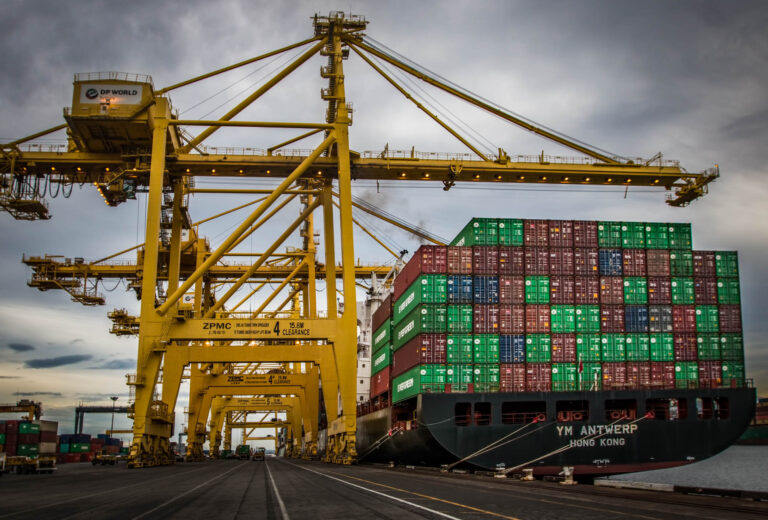The construction industry is paying higher wages and making technological advances in response to the shortage of skilled workers, the Wall Street Journal reports. Before and after the housing bubble burst, the U.S. construction industry lost more than 2 million jobs. Unemployment among construction workers reached twenty percent. Now, with an increasing demand for new buildings and houses, the industry cannot find enough masons, plumbers, project managers, and crane operators to staff projects.
The economic downturn forced many skilled laborers to retire and others to leave the profession altogether. According to Property Casualty 360°, the remaining workforce is nearing retirement and those that left are staying out because of the difficulty associated with adjusting to new technology and new kinds of projects. New recruits are also few and far between. As the industry tanked, industry leaders did a poor job of training the next generation.
Adding to the shortage, says Steve Pellegren, an executive vice president of a commercial building company who spoke with Southern California Public Radio, is the decline in union membership. With fewer unionized construction projects, workers are receiving less job training. “ But there simply aren’t enough people with the training or talent to handle more complex work,” says Kent Hodson, the president and general manager of an Ohio-based company that spoke with the Wall Street Journal.
As a result, the Wall Street Journal reports that weekly earnings in commercial construction are up by 3.3%, which is more than the 2.2% increase for all private-sector employees. Construction workers are also being hired at a faster pace than other private-sector employees. Since 2014 new entrants in construction have increased by 2.6% whereas private sector hires only increased by 2.5% during the same period. With skilled workers in high demand and wages on the rise, construction may once again be able to offer employees a chance at a middle-class income, adds the Wall Street Journal.
Another byproduct of the labor shortage is an increased effort to adopt labor-saving technology. The president of Eckhardt Electric, an Atlanta-based contractor, told the Wall Street Journal that his company is trying to do more work ahead of time to compensate for the lack of skilled workers. For example, in place of electricians, Eckhardt uses a computer-generated model to plot electrical systems inside buildings.
An increased reliance on manufacturing technology and workers is yet another consequence of the skilled labor shortage. Since there are more unskilled workers available than skilled, construction companies are increasingly relying on workers and machines to assemble parts in-plant to reduce the number of craft persons needed at the construction site. This process, referred to as prefabrication is a potential game changer, notes the Wall Street Journal. The shift to in-plant assembly and manufacturing could redefine the composition of the construction workforce and place more workers indoors than ever before.






Daily News & Commentary
Start your day with our roundup of the latest labor developments. See all
December 12
OH vetoes bill weakening child labor protections; UT repeals public-sector bargaining ban; SCOTUS takes up case on post-arbitration award jurisdiction
December 11
House forces a vote on the “Protect America’s Workforce Act;” arguments on Trump’s executive order nullifying collective bargaining rights; and Penn State file a petition to form a union.
December 8
Private payrolls fall; NYC Council overrides mayoral veto on pay data; workers sue Starbucks.
December 7
Philadelphia transit workers indicate that a strike is imminent; a federal judge temporarily blocks State Department layoffs; and Virginia lawmakers consider legislation to repeal the state’s “right to work” law.
December 5
Netflix set to acquire Warner Bros., Gen Z men are the most pro-union generation in history, and lawmakers introduce the “No Robot Bosses Act.”
December 4
Unionized journalists win arbitration concerning AI, Starbucks challenges two NLRB rulings in the Fifth Circuit, and Philadelphia transit workers resume contract negotiations.